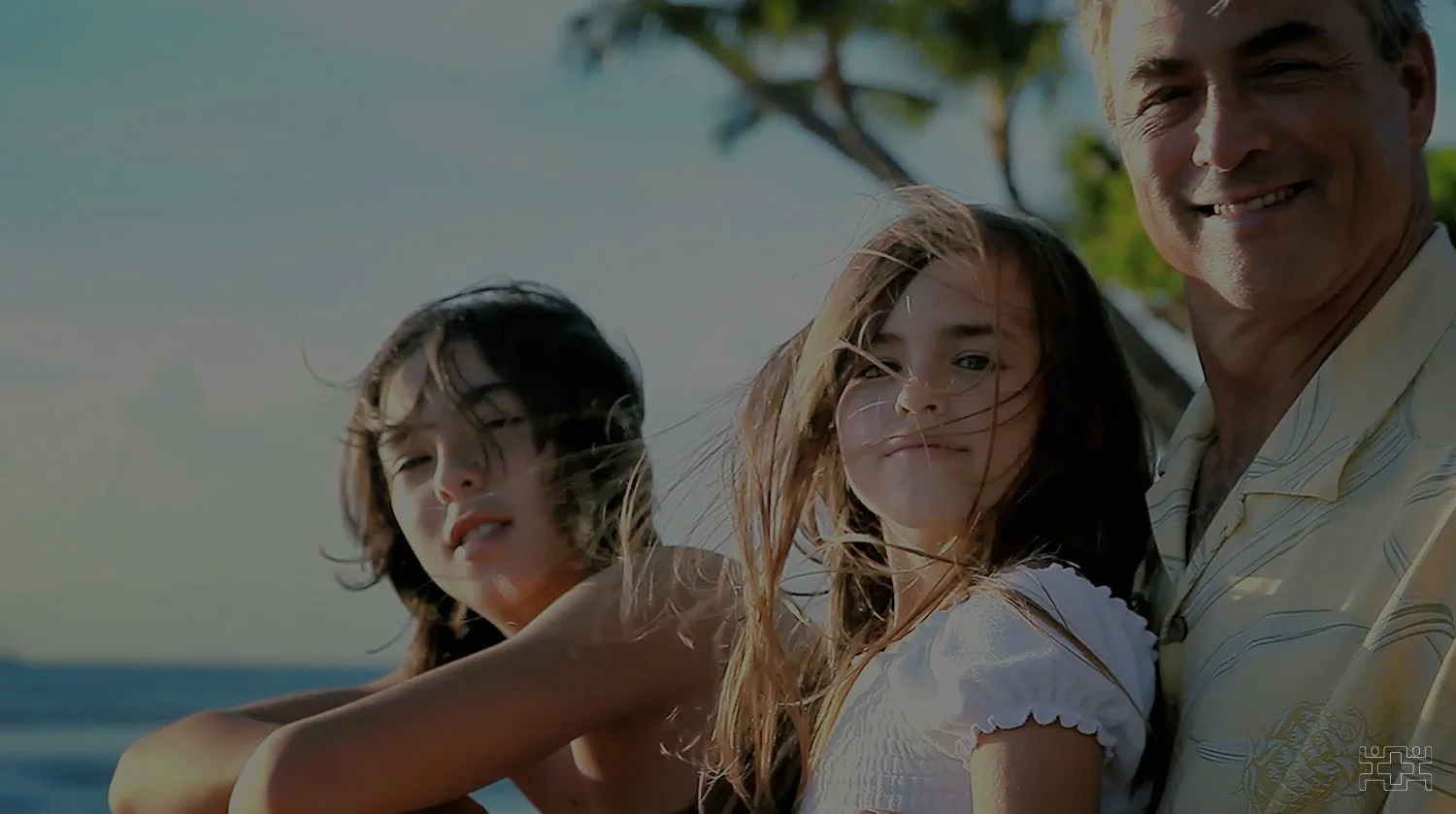Grant Report
Highlights
GRANT REPORT - HIGHLIGHTS
Growing a Healthy Community
In 2018 Ko‘olauloa Health Center partnered with Hawai‘i Medical Service Association for a two- year project period. The purpose of the project was to implement Ho‘opi‘i Ola Pono Lifestyle Enhancement Program. The intent of the program was to improve the health status of the QUEST and QUEST eligible community through kanaka (individual), pū ‘ulu a‘o (group), and moku (district) wide interventions that specifically target the social determinants of health equity.









